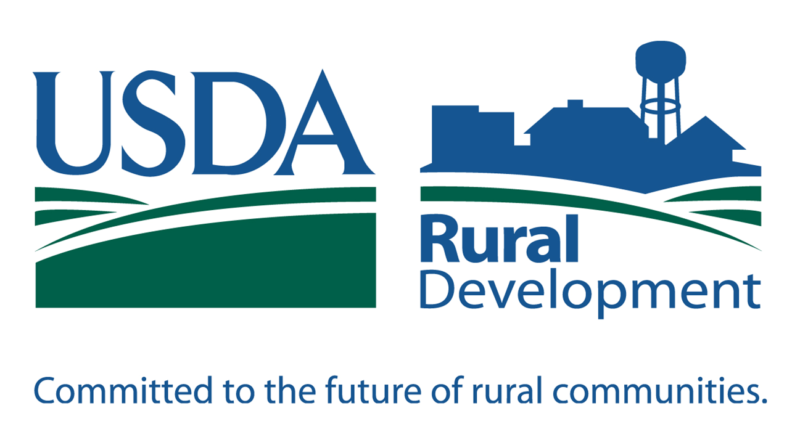22 Jul Funding Alert! Training Opportunities for Residency
Health Resources and Services Administration Attention institutions of higher education, community-based healthcare organizations, elected officials, and school districts! The Health Resources and Services Administration (HRSA) has various upcoming opportunities for healthcare professional training programs. This announcement features three forecasted opportunities specifically focused on nursing for rural and underserved communities. Upcoming posts through the end of July will feature opportunities for training related to nursing, residency, secondary education outreach, and substance abuse.09 Oct Grants that Go Bump in the Night by AGS Staff
Posted at 19:00h
in AGS Staff, Competency Four, Competency Three, Federal Grants, Logic Models, Professional Development
Spooky season is upon us, and at AGS we’ve been thinking about what keeps us up at night when it comes to grants. As grant pros, we are skilled at anticipating challenges and putting controls in place to mitigate negative outcomes in our grant programs. Here are some eerie grant scenarios with suggested actions that’ll have you sleeping like a baby.
03 Apr The Value of an Experienced Reviewer by Tracey Diefenbach, GPC
Posted at 11:11h
in Competency Seven, Evaluation, Federal Grants, Professionalism, Tracey Diefenbach, GPC, Writing
As a grant professional in the field for almost 20 years, I have come to understand and deeply appreciate the value of a helping hand. One of the most valuable helping hands I have seen is proposal reviews, particularly for federal proposals. I have served...
25 Apr USDA funds for technology infrastructure can assist rural entities address gaps in access by Julie Alsup, GPC
COVID-19 has forced many schools, hospitals, and agencies to launch emergency operations that they did not previously offer or to expand upon services that were quickly found to be insufficient. Many limped into virtual operations without adequate technology infrastructure, software platforms, or sufficient bandwidth (both internet signal and staff capacity). The USDA Rural Utilities Services Distance Learning and Telemedicine Grant is not new, but it has certainly launched itself into celebrity status. This three-year grant provides eligible applicants the funding to purchase telecommunications equipment, computer networks, and related advanced technologies to be used by students, medical professionals, and rural residents for the purpose of expanding telemedicine and distance learning to rural communities.01 Mar Staying Ahead of the Game: How to Stay on Top of the Latest Federal Trends, by Julie Assel, GPC
Here at Assel Grant Services, we don’t just write many successful federal grants each year. Many of our clients are receiving their first federal grant or their first federal grant in the last five years. One of the reasons so many agencies large and small come to us is because we keep up with the constantly evolving federal government trends. So, what do we look for and how can you keep up on the departments most relevant to you?25 Feb Robbing Peter to Pay Paul – AGS Grant Staff
During my experience working for and in partnership with nonprofit organizations, one common thread is the perpetuation of a “scarcity mindset.” This mindset is based on the idea that nonprofits exist to help others in need and serve the greater good, therefore, staff and anything they might need to do their jobs (salaries, benefits, training) is often last on the list of funding priorities.03 Dec What’s So Scary About Federal Grants? by Thomas Assel, GPC
Posted at 21:28h
in Competency Five, Competency Four, Federal Grants, Organizational Development, Program Design, Thomas Assel, GPC
My wife, Julie Assel, likes writing federal grants. I’ve been told that’s odd, and I guess I can understand why. Consider your average small-to-medium foundation grant. It might be a 2-3-page letter with an attached organizational budget, maybe your 501c3 letter and a board roster, but nothing you haven’t seen ten or a hundred times before. On the more complex end of what we normally experience, you’ve got agencies like the Health Forward Foundation in Kansas City asking for all that plus a logic model and theory of change indicator chart, with a 15-page narrative limit on certain grants. Fifteen single-spaced pages is nothing to sneeze at. Federal grants can have even higher page limits and even more attachments. The SF-424 alone can take more time to fill out than some grants can take to write.
07 Jun Impact of the Longest Government Shutdown on Those Who are Grant Funded by Julie Assel, GPC
Today I woke up and read about how FBI offices are setting up food banks to help other staff who aren’t getting paid. When times are bad, we depend on each other and nonprofit organizations for a safety net – food pantries, clothing closets, rent and utility assistance, medication assistance, nonprofit hospital emergency rooms, and the list goes on. But the reality is, most truly sustainable nonprofits have some form of government funding. Why is that? Because like individuals with retirement accounts, nonprofits have been advised to have balanced income streams so if one income stream fails, they aren’t completely wiped out. But this means that while the government is down, not only do nonprofits have more people coming to their door, they are being affected by the shutdown with one of their revenue streams minimized or eliminated.03 Jun Initial Impact on Grant Funding of the Longest Government Shutdown by Julie Assel, GPC
Posted at 21:38h
in Competency One, Federal Grants, Funding, Government Grants, Industry News, Julie Assel, GPC
You can’t watch, listen to, or read any major news outlet without hearing about the federal government shutdown. There are many things being talked about already in the news like which federal offices are closed or affected. These include the departments of Agriculture, Commerce, Justice, Homeland Security, Housing and Urban Development, the Interior, State, the Treasury. But other less-known offices like the National Science Foundation are also closed.
Two vital pieces of information on what this means today:
- If grant opportunities (RFPs) have already been posted with a due date, the due dates stand. gov is still open. You still have to turn in your grant on time.
- If you are waiting to hear about the result of a grant, you will need to keep waiting. There is no one there. Even offices which remained open for a couple of weeks with contingency funds from user fees, leftover funds, and other revenue have closed. New grant opportunities are not being released.






